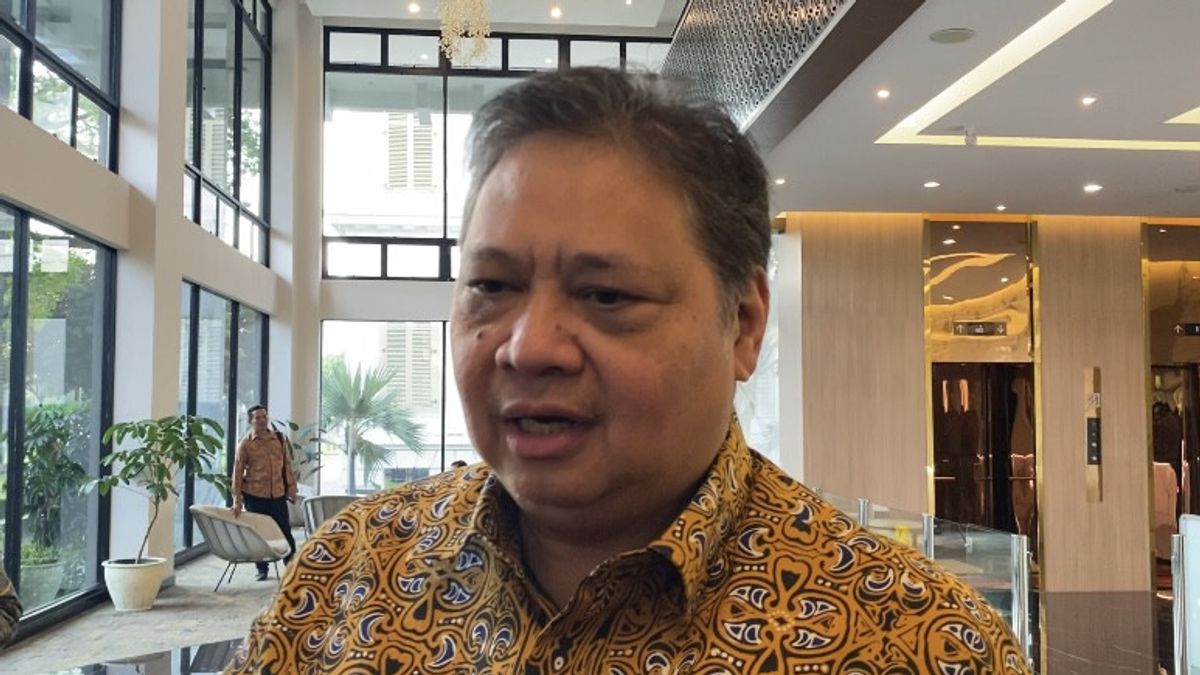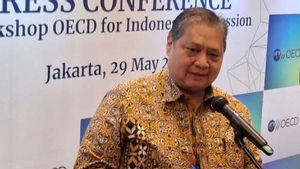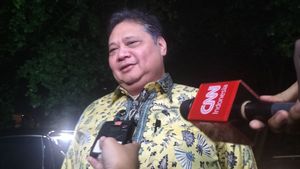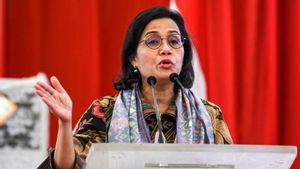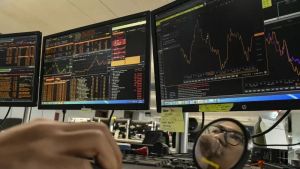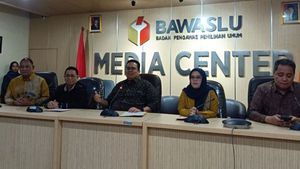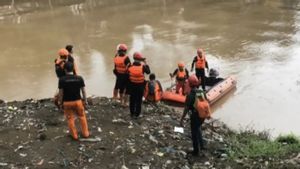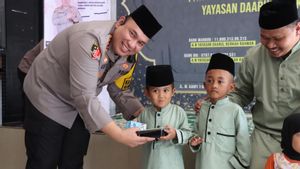Coordinating Minister for Economic Affairs Airlangga Hartarto said the government had prepared several strategies so that the economy and per capita income in all regions of Indonesia were evenly distributed so that they could be separated from the middle income trap.
Airlangga said to increase per capita income in all parts of Indonesia. One of them is by encouraging the Micro, Small and Medium Enterprises (MSMEs) sector.
"Yes, of course, the sector's economy must be encouraged, especially for MSMEs, then the service sector must be encouraged," said Airlangga to the media crew, Wednesday, July 24.
Airlangga gave an example of several cities such as Jakarta, East Kalimantan, North Kalimantan and South Sumatra already have high per capita income.
"We see that there are various regions of Indonesia with high income, such as Jakarta, East Kalimantan, North Kalimantan, parts of South Sumatra, yes, we have to increase the growth," he said.
Previously, Airlanga said that the government was preparing various ways so that each region could be separated from the middle income trap.
Therefore, Airlangga revealed that if Indonesia wants to escape the middle income trap, it can see and imitate Jakarta to escape the middle-income trap.
"Indonesia's per capita income at the end of this year is around 5,000 US dollars, if we look at it per province Jakarta has passed the middle income trap, Jakarta has per capita income of 21,000 US dollars, so if Indonesia wants to pass the middle income trap, look at Jakarta," he explained in his speech Memorial Lecture: Remembering BJ Habibie's Vision, which was monitored online, Tuesday, July 23.
Airlangga conveyed that per capita income in Jakarta touched 21,000 US dollars. This figure is above the middle class revenue range of 4,000 US dollars to 12,500 US dollars made by OECD.
In addition, Airlangga added that East Kalimantan and North Kalimantan also escaped the middle income trap. Therefore, the province can be used as an example so that other provinces in Indonesia can be separated from the middle income trap.
"So we can see that various provinces in Indonesia are examples of how other provinces should boost (the economy) nationally to pass the middle income trap," he said.
SEE ALSO:
In addition to per capita income, Airlangga also conveyed the challenge of leaving the middle income trap that needs to be passed with economic growth in the range of 6 percent-7 percent and with an average investment growing 7 percent.
Mr. Prabowo, the president-elect, said that our economic growth could reach 8 percent in the third, fourth, and fifth year (leading). This is a challenge for all of us, then we too, the challenge of getting out of the middle income trap is 6 percent-7 percent going forward," he said.
Airlangga said that Indonesia's current population is 270 million people with a per capita income of around 5,000 US dollars. Later, by 2045, with a population of 320 million people, they hope that Indonesia's per capita income can reach 26,000 US dollars to 30,000 US dollars.
"The condition is that we must have a strong human resources, create a policy strategy. One of them is with three engines of growth," he added.
The English, Chinese, Japanese, Arabic, and French versions are automatically generated by the AI. So there may still be inaccuracies in translating, please always see Indonesian as our main language. (system supported by DigitalSiber.id)
